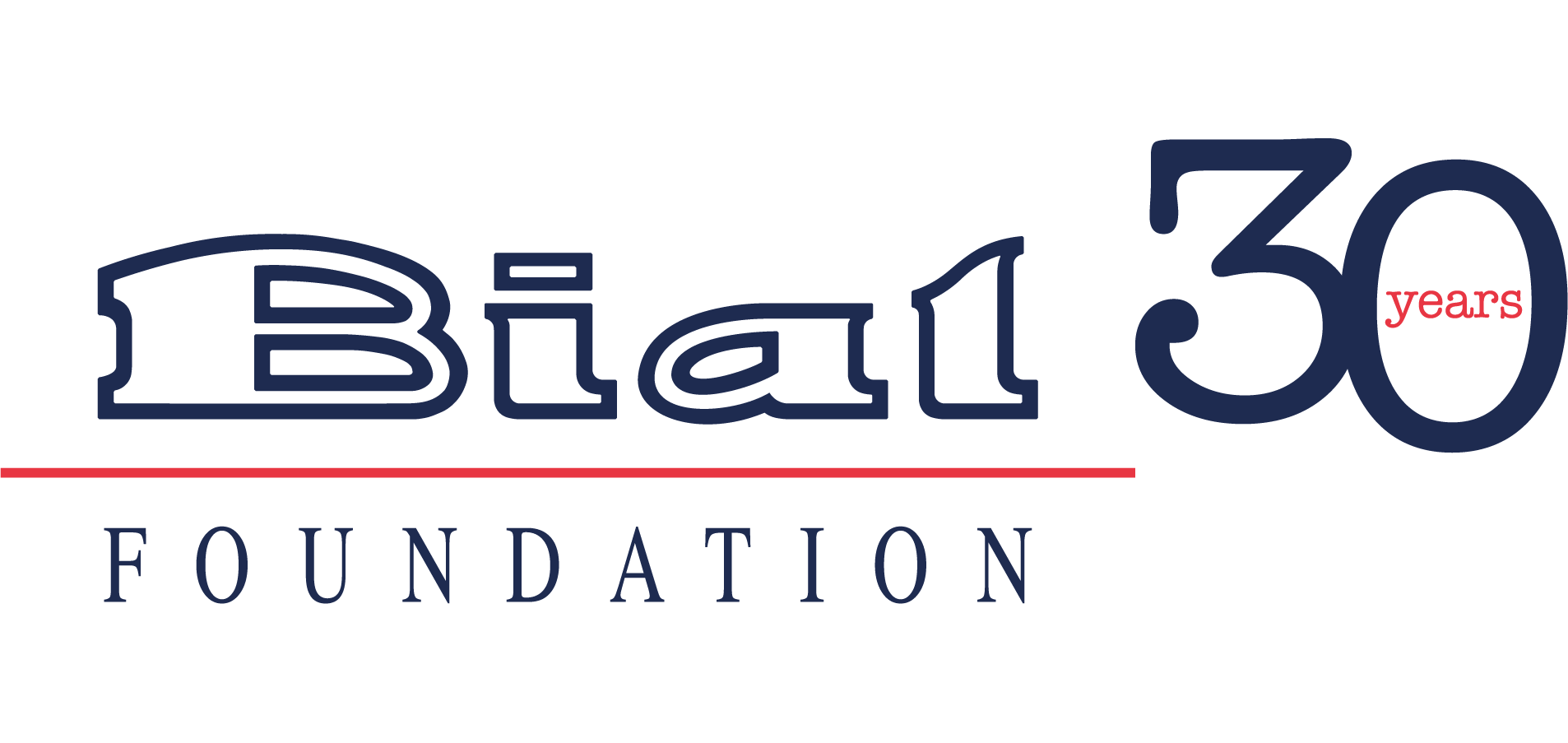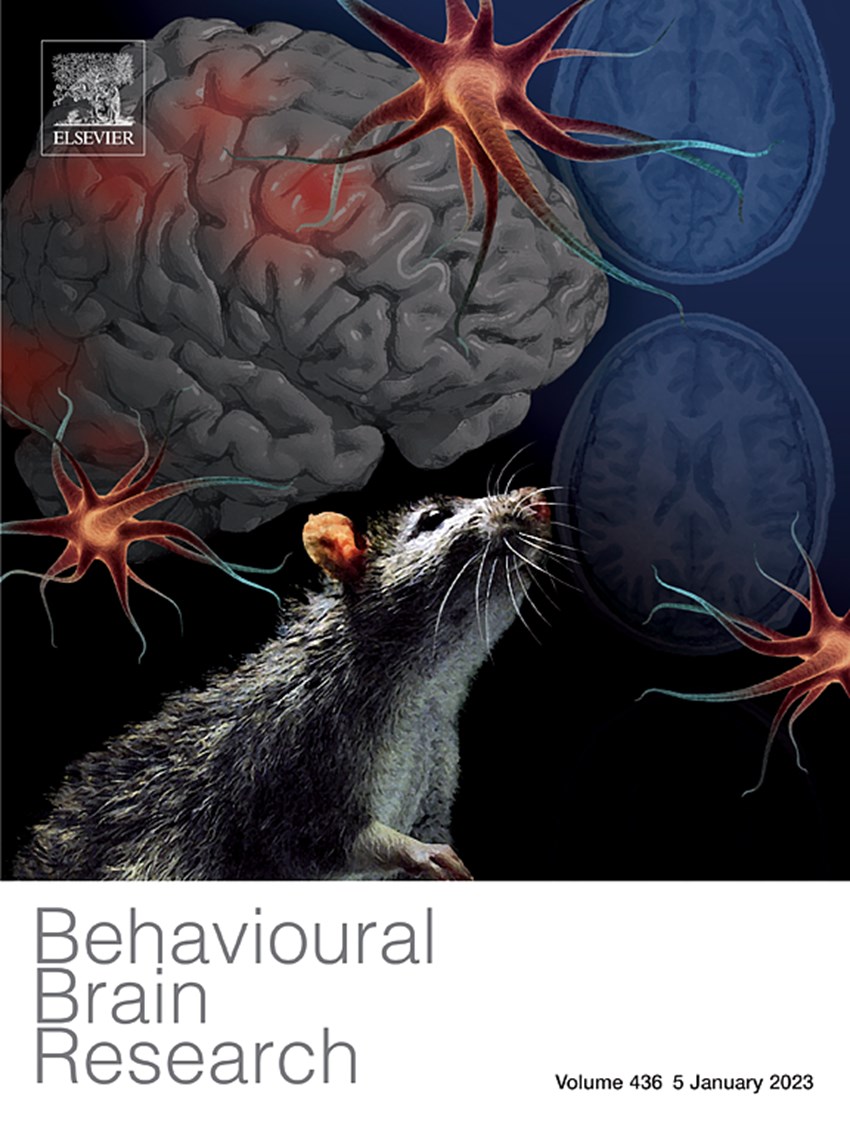In the scope of the project 193/18 - The essential role of the dorsolateral prefrontal cortex in motor imagery: A TMS interference study, Scott Glover et al. published in the journal Behavioural Brain Research the paper “TMS over dorsolateral prefrontal cortex affects the timing of motor imagery but not overt action: Further support for the motor-cognitive model” with the following highlights:
- The elaboration of motor images requires the recruitment of executive resources from the dorsolateral prefrontal cortex;
- The elaboration of motor images is slower when the use of the executive resources is disrupted;
- There is evidence of the functional dissociation between the elaboration of motor images and overt action, which favours the Motor-Cognitive model;
- The performance in the elaboration of motor images cannot be explained in the framework of the Functional Equivalence.
Abstract
“The Motor-Cognitive model suggests a functional dissociation between motor imagery and overt action, in contrast to the Functional Equivalence view of common processes between the two behaviours. According to the Motor-Cognitive model, motor imagery differs from overt action primarily through the use of executive resources to monitor and elaborate a motor image during execution, which can result in a lack of correspondence between motor imagery and its overt action counterpart. The present study examined the importance of executive resources in motor imagery by using TMS to impair the function of the dorsolateral prefrontal cortex while measuring the time to complete imagined versus overt actions. In two experiments, TMS over the dorsolateral prefrontal cortex slowed motor imagery but did not affect overt actions. TMS over the same region also interfered with performance of a mental calculation task, though it did not reliably affect less demanding cognitive tasks also thought to rely on executive functions. Taken together, these results were consistent with the Motor-Cognitive model but not with the idea of functional equivalence. The implications of these results for the theoretical understanding of motor imagery, and potential applications of the Motor-Cognitive model to the use of motor imagery in training and rehabilitation, are discussed.”



































































